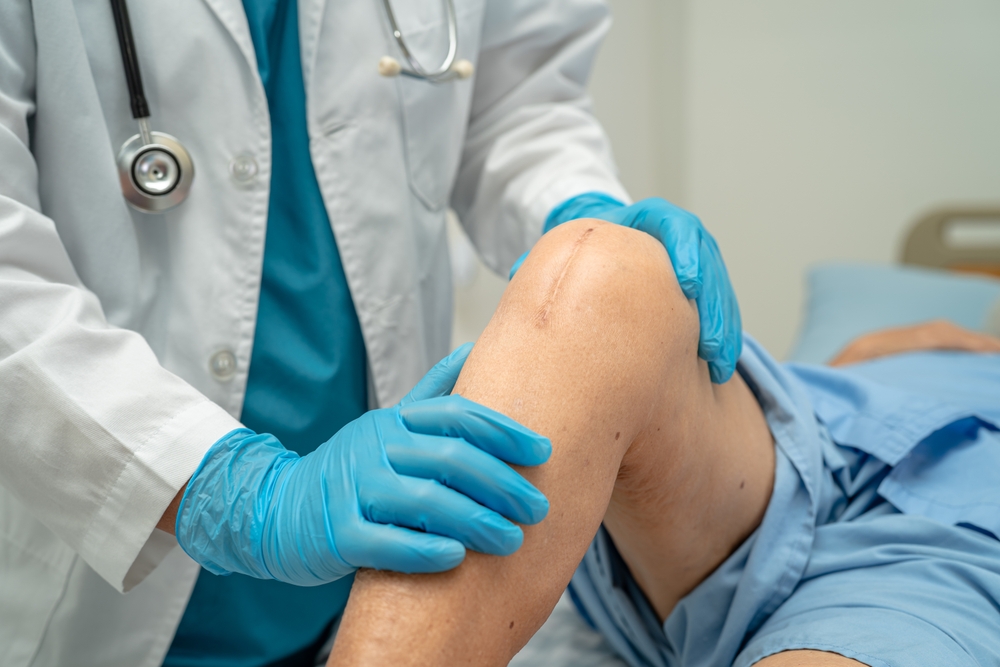For individuals living with Rheumatoid Arthritis (RA), surgery can sometimes become a necessary step in managing the condition and improving quality of life. Whether it’s joint replacement surgery or another procedure aimed at alleviating pain and restoring function, navigating the recovery process is essential for optimal outcomes. At Pacific Arthritis, a team of dedicated rheumatologists specializing in the comprehensive management of RA, we understand the complexities of post-surgical recovery and are committed to supporting our patients every step of the way. In this blog, we offer insights into navigating recovery after Rheumatoid Arthritis surgery.
Understanding Rheumatoid Arthritis Surgery
Rheumatoid Arthritis can cause irreversible joint damage over time, leading to pain, stiffness, and loss of function. While medications and other non-surgical treatments can often effectively manage RA symptoms, there may come a point where surgery becomes necessary to address severe joint damage and improve quality of life. Common surgical procedures for RA include:
1. Joint Replacement Surgery
In severe cases where joint damage is extensive, joint replacement surgery may be recommended. This typically involves replacing the damaged joint with an artificial implant, such as a prosthetic hip or knee.
2. Synovectomy
In a synovectomy, the inflamed synovial lining of the joint is surgically removed to reduce pain and inflammation.
3. Tendon Repair
Damage to tendons, ligaments, and other soft tissues around the joints may require surgical repair to restore function and stability.
Preparing for Surgery
Preparing for Rheumatoid Arthritis surgery involves careful planning and coordination between the patient, their rheumatologist, and the surgical team. Before undergoing surgery, patients may undergo a comprehensive evaluation to assess their overall health and identify any potential risks or concerns. This may include blood tests, imaging studies, and consultations with other healthcare providers.
Navigating the Recovery Process
Recovery after Rheumatoid Arthritis surgery can vary depending on the type and extent of the procedure, as well as individual factors such as age, overall health, and the presence of other medical conditions. While the recovery process may present challenges, there are steps that patients can take to facilitate healing and optimize outcomes:
1. Follow Post-Operative Instructions: It’s essential to follow the post-operative instructions provided by your surgical team carefully. This may include guidelines for wound care, pain management, physical therapy, and activity restrictions.
2. Manage Pain and Discomfort: Pain and discomfort are common after surgery, but there are various strategies for managing these symptoms. This may include medications prescribed by your healthcare provider, as well as non-pharmacological approaches such as ice therapy, elevation, and relaxation techniques.
3. Gradual Rehabilitation: Physical therapy and rehabilitation play a crucial role in recovery after Rheumatoid Arthritis surgery. A physical therapist can design a personalized exercise program to improve strength, flexibility, and joint function while minimizing the risk of complications.
4. Monitor for Complications: It’s essential to monitor for any signs of complications during the recovery process, such as infection, swelling, redness, or increased pain. Promptly report any concerns to your healthcare provider for evaluation and management.
5. Nutrition and Hydration: A balanced diet and adequate hydration are essential for supporting the body’s healing process after surgery. Ensure that you’re consuming nutritious foods and staying hydrated to promote optimal recovery.
6. Emotional Support: Recovery from Rheumatoid Arthritis surgery can be emotionally challenging, and it’s normal to experience a range of emotions during this time. Seek support from friends, family, or a mental health professional if needed, and don’t hesitate to reach out to your healthcare team for guidance and reassurance.
Pacific Arthritis: Your Partner in Recovery
At Pacific Arthritis, we understand that navigating recovery after Rheumatoid Arthritis surgery can be daunting, but you don’t have to do it alone. Our team of rheumatologists is here to provide compassionate care, expert guidance, and support throughout the recovery process. Whether you’re preparing for surgery, in the midst of recovery, or navigating life post-surgery, we’re dedicated to helping you achieve the best possible outcomes and live well with Rheumatoid Arthritis.
Conclusion
Recovery after Rheumatoid Arthritis surgery requires patience, dedication, and support, but with the right approach, it’s possible to achieve a successful outcome. By following post-operative instructions, engaging in rehabilitation, monitoring for complications, and seeking support when needed, patients can navigate the recovery process with confidence and optimism. At Pacific Arthritis, we’re committed to providing comprehensive care and support to our patients every step of the way, empowering them to live their best lives despite the challenges of Rheumatoid Arthritis surgery. For help and for more information, visit our one of our locations in Los Angeles or Santa Monica or call (310) 297-9221 to schedule your appointment.




